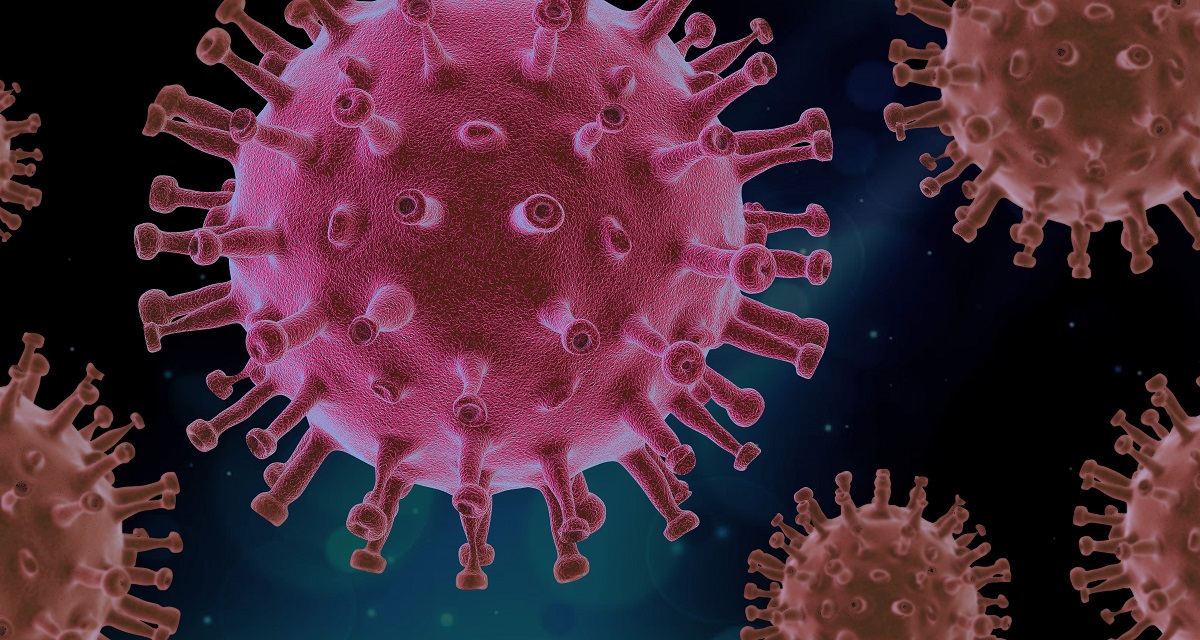The first inklings of the impending COVID-19 pandemic were in Wuhan, China, in late 2019. By imposing very strict lockdown measures and rapidly building huge emergency hospitals, the epidemic in China was controlled. By analysing data on case numbers in mainland China, Chinese mathematicians working with NRI’s Professor Bob Cheke calculated the effective reproductive number for the disease and how this changed in relation to different mitigation measures from 10 January to 6 March 2020.
The effective reproductive number, also known as ‘Rt’, is a way of rating a disease’s ability to spread. If Rt is higher than one, then the number of cases increases exponentially; if the number is lower, the number of cases will recede and the disease will eventually stop spreading.
The results, just published in the International Journal of Infectious Diseases, illustrate how the value of Rt peaked at 3.98 before dropping to below 1 in early February. This achievement was linked to diverse control activities, culminating in the need for “early detection, early report, early quarantine, and early treatment.” It is argued that to control the pandemic all affected countries need to quarantine high-risk individuals, test suspected individuals, treat patients and receive and cure all patients. Access the paper here: https://doi.org/10.1016/j.ijid.2020.06.030
In a second, related, paper published in Mathematical Biosciences and Engineering, the team examined similar data, not only for China but also for South Korea, Japan and Spain. China and South Korea used strict measures based on routines previously shown to be successful against the virus causing Severe Acute Respiratory Syndrome (SARS), whilst Japan and Spain adopted measures more akin to strategies used against influenza. Results of modelling showed that the SARS-like containment strategy, involving blocking the spread of the COVID-19 virus by lockdown, strict travel restrictions and by detection and isolation of patients, reduced the Rt to below 1 quickly, where it has remained. In contrast, the countries adopting a pandemic influenza-like mitigation strategy were less successful, taking longer to get their effective reproductive numbers below 1 and these Rt values fluctuated above and below that value thereafter. Subsequently, the epidemics in such countries are continuing at unacceptable levels. The results have implications for policy decisions on how best to control the pandemic in relation to variations in the availability of medical resources, the compliance of the public to impositions of strict measures and economic considerations.
Access the paper here: http://www.aimspress.com/article/10.3934/mbe.2020274
Links: Prof Bob Cheke's profile


